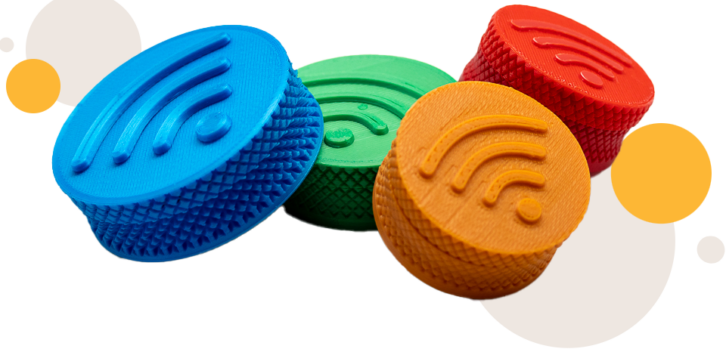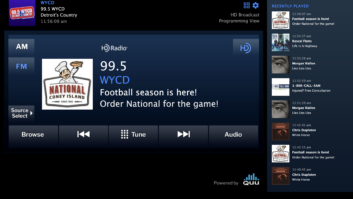Roy Becker, senior broadcast engineer at the Bible Broadcasting Network, offers a tip for engineers wiring high-density terminal blocks such as those used by Radio Design Labs.

Sure, you can slip wires under the screw-down terminals, but Roy’s technique using crimped terminal pins makes for quick and easy insertion. It also prevents any stray wire strand from shorting to an adjacent terminal, since strands are captured by the crimped terminal ferrule. (Search “wire ferrules” on Amazon for an assortment.)

Roy and his crew use a lot of these, so he also decided to “print” some plastic boxes to store them. The boxes shown were created by a 3-D printer. Roy even embossed each box with a label identifying its contents.

Inexpensive mic processor
Engineer Dan Slentz is always looking for good deals and found one in the Behringer UV1 Mic Processor. Dan compares it to the dbx 286s.
In addition to an XLR output, there is full USB I/O, so you can process a regular mic directly into a PC but then use the mic processor as your USB return to headphones or speakers.
This feature makes the UV1 suitable for people doing voice work into a computer. The dual USB/XLR output allows the mic processor to be used as a direct connection to an audio console, while simultaneously feeding a computer or laptop. Dan says “street price” is comparable to that of the 286s. Dan’s only negative is the front-panel-mounted mic XLR input, probably designed for band or transport case use; it will require dressing of the cable in a broadcast setting.
Power line safety
NATE, the Communications Infrastructure Contractors Association, recently released an electrical safety video that’s free to view. While it is intended to provide guidance to telecom industry technicians, the information is useful for anyone who works near overhead or downed power lines, breakers, batteries and related equipment. It is part of the association’s #ClimberConnection series, which you can find here.
Smart bottle cap
As I travel to client sites and SBE meetings, I’ve found it economical to use Uber or Lyft rather than renting a car. In addition to meeting a lot of great drivers, I’m sometimes introduced to interesting entrepreneurs who supplement their startups by driving for rideshare companies.

A recent trip was no exception. I met Matt Channon, who developed something called PillCall. Engineers will appreciate the clever idea.

As we age, we may find ourselves needing to care for our parents’ medications (or maybe our own). PillCall is a “smart” cap for pill bottles. It uses any WiFi network to text a reminder that it’s time to take the pill in the container.
What a relief to know that your loved one hasn’t forgotten to take their medication.
You can set the reminder frequency; and if the pill bottle is opened a second time — or before the next scheduled opening — you’ll get another text. Messages can be sent to multiple numbers, too.
The PillCall cap comes in several sizes to accommodate various containers. Channon’s website notes that there are smart bottles that use BlueTooth or NFC communication directly with smartphones. By contrast, PillCall uses WiFi without the need for a smartphone.
The last photo provides a look “under the hood” at the circuit board and battery. Find out more here.
Workbench submissions are encouraged and qualify for SBE recertification credit. Email johnpbisset@gmail.com.







